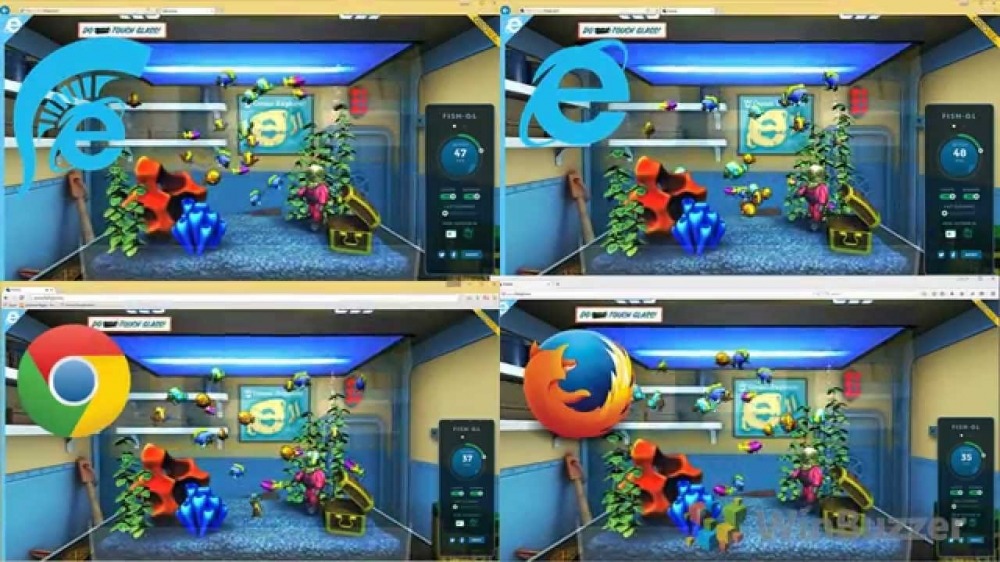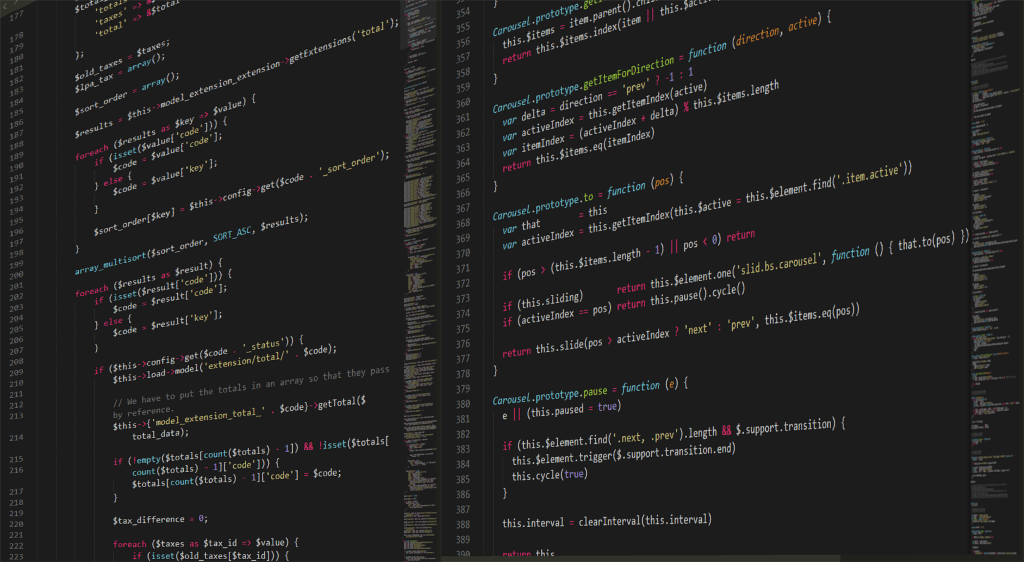For the canvases created in WebGL 1.0 there are no problems, all browsers are already automatically compatible. However, if you see a black image, with no possibility to use it, it means that the canvas is managed by WebGL version 2.0 or later.
To enable WebGL 2.0 and other experimental versions of WebGL on your browser follow these instructions.

Chrome
It can be enabled in the single current opening with:
--enable-unsafe-es3-apis
in the command line of the application, for example:
C:\Program Files (x86)\Google\Chrome\Application\chrome.exe --enable-unsafe-es3-apis
Otherwise for a permanent activation, please go to
about:flags
and enable
"Draft Extension WebGL" "WebGL 2.0 prototype"
Context 2.0 can be created with the ID “webgl2”.
Firefox
Go on
about:config
and generate a new boolean preference with the name:
webgl.enable-prototype-webgl2
create a compatible context at this point
var gl = somecanvas.getContext("experimental-webgl2");
Edge
Since the last update, it’s very similar to Chrome. You can follow the information on the official documentation for specific quirks.

